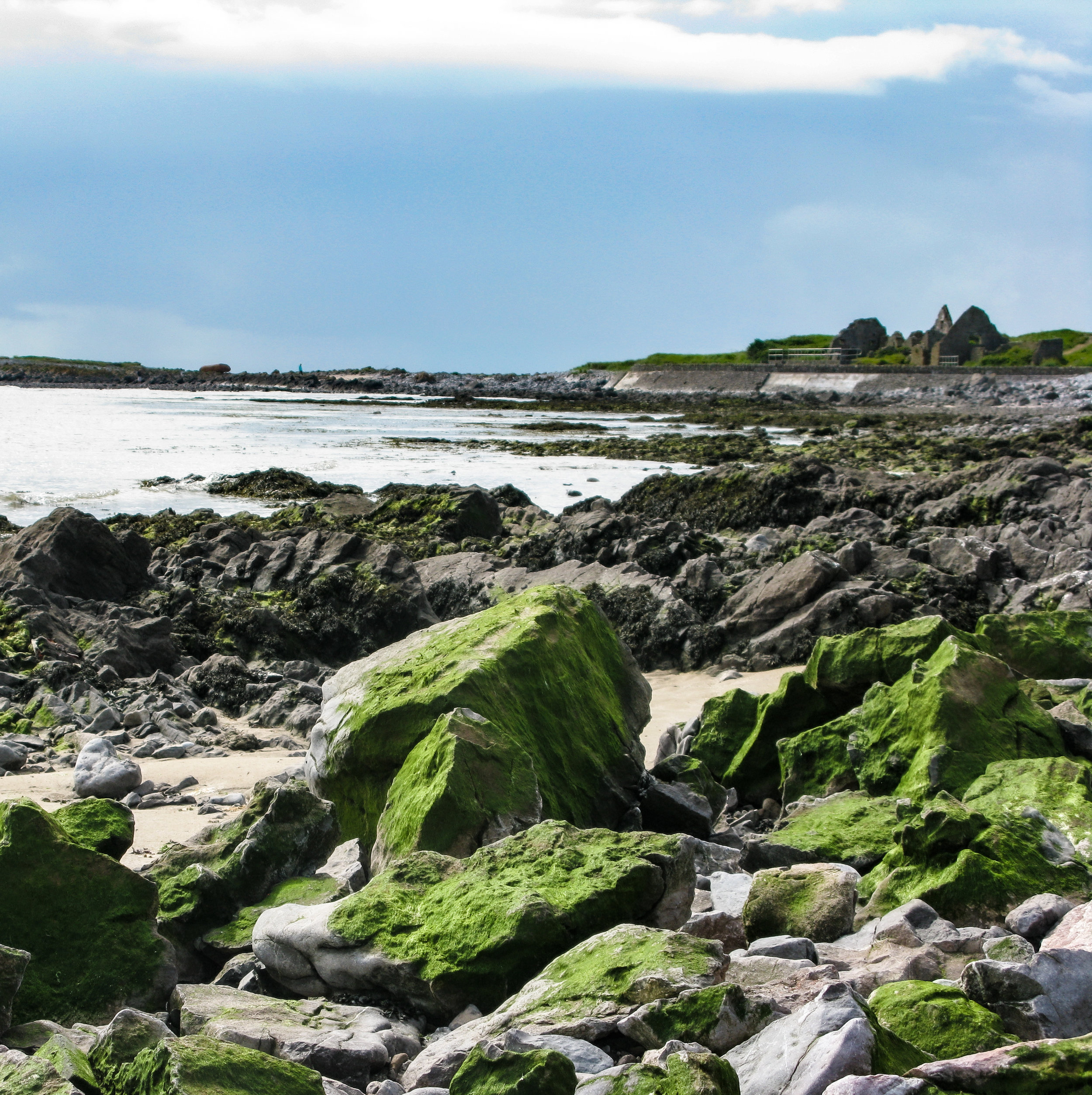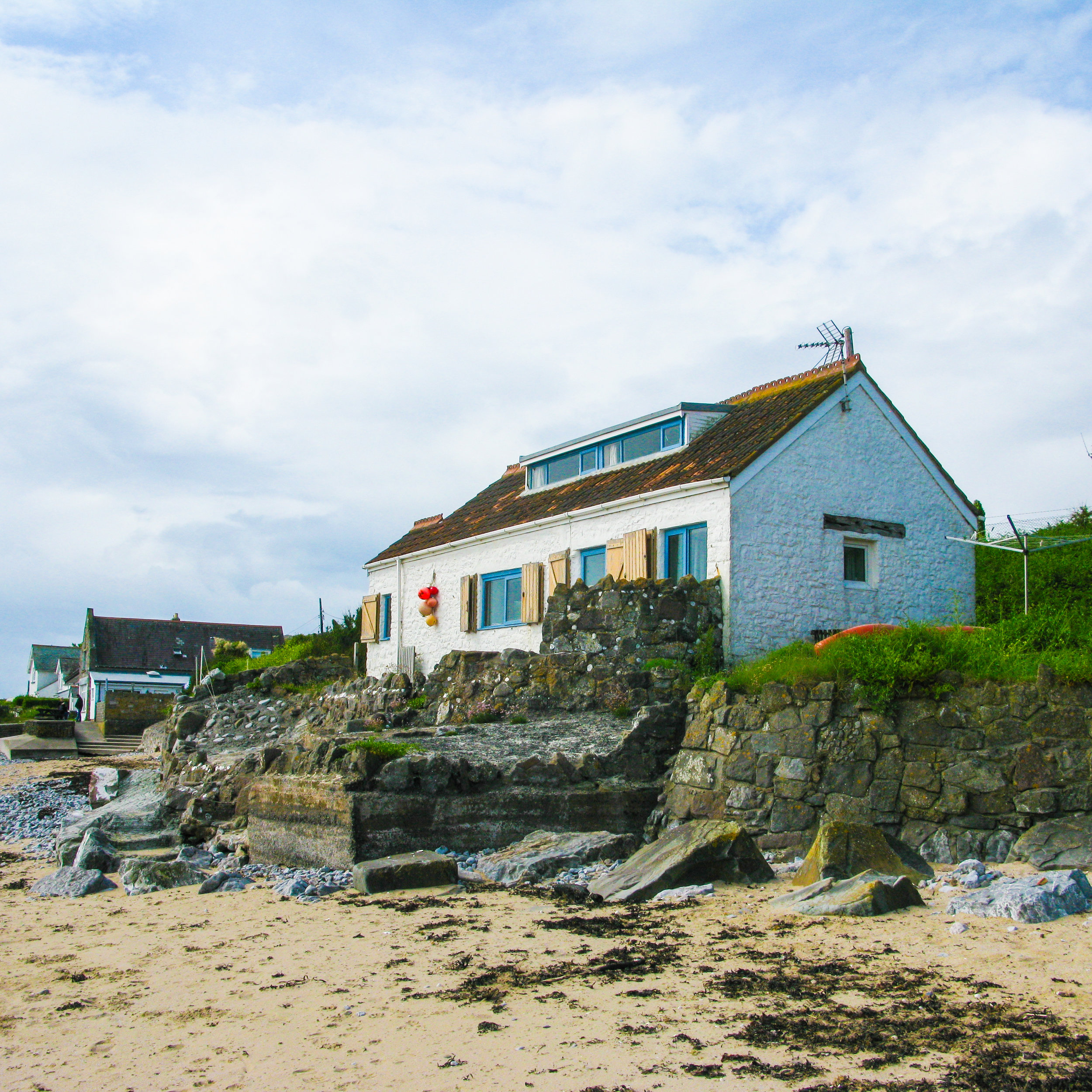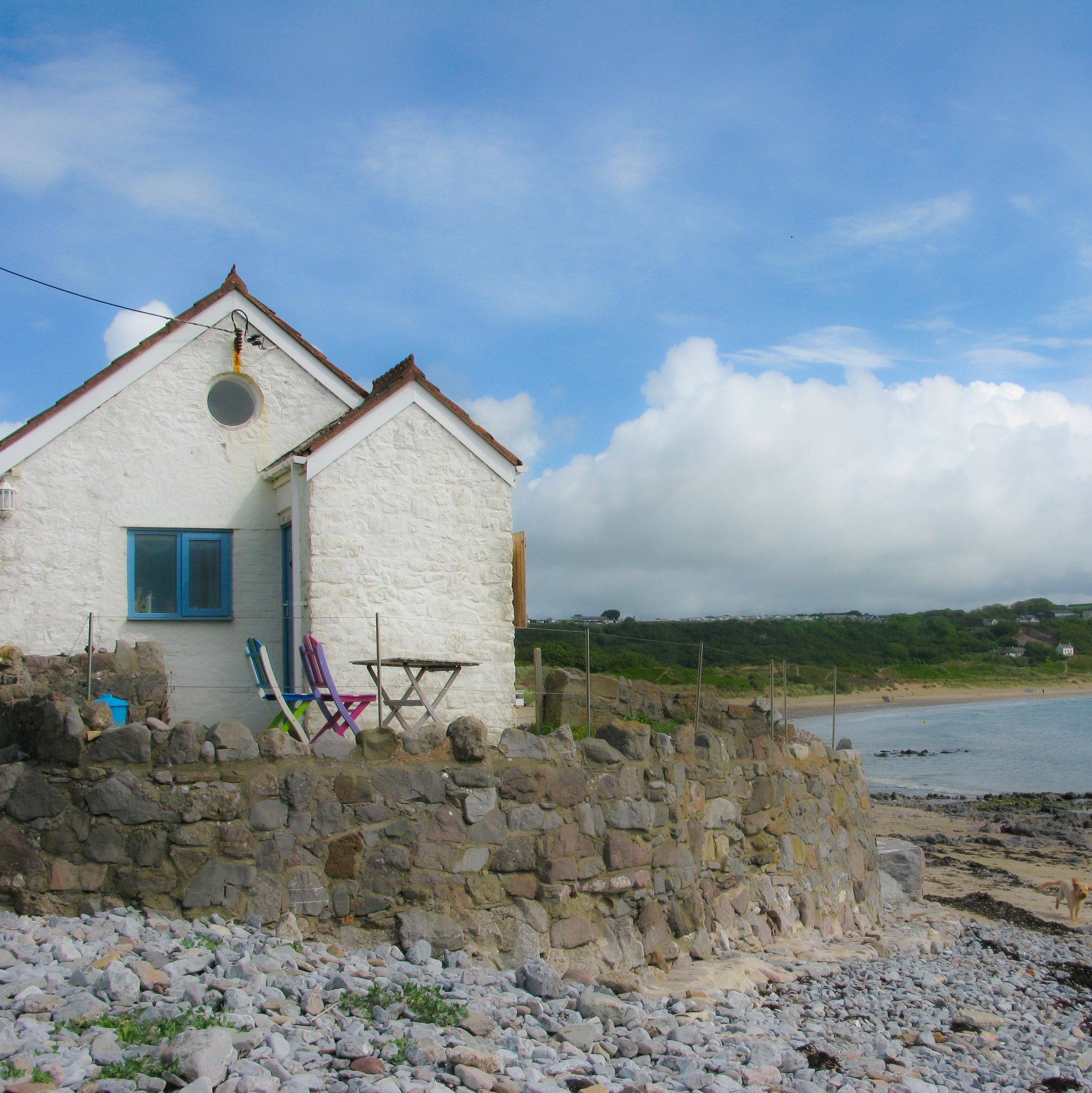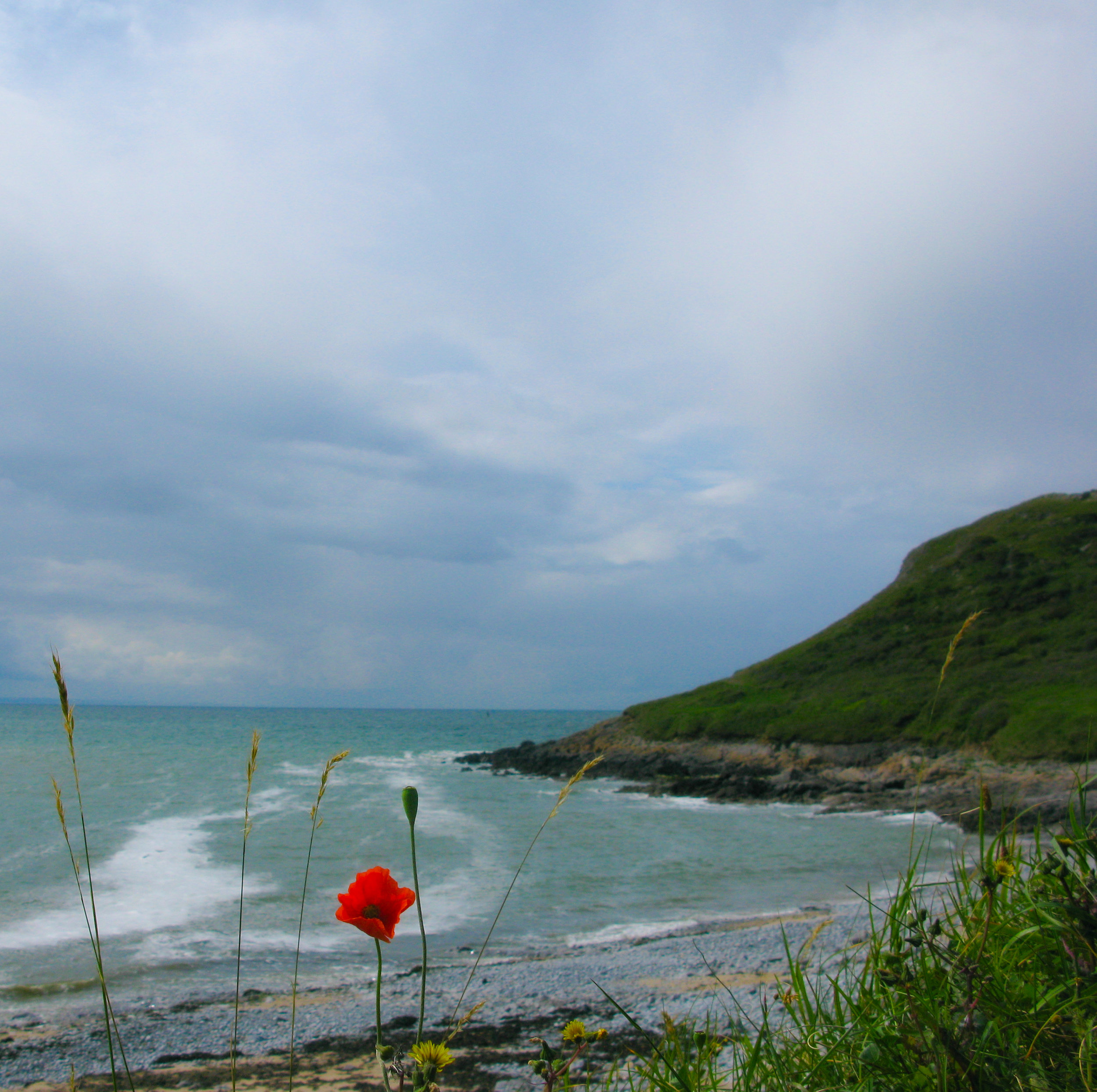Port Eynon Bay
Port Eynon Bay, located on the southern coast of the Gower Peninsula, is a gem known for its expansive sandy beach, beautiful scenery, and bustling atmosphere. This popular Blue Flag beach attracts water sports enthusiasts, families, and nature lovers alike, offering something for everyone all year round. The bay’s calm but adventure-friendly waters are ideal for activities like surfing, paddleboarding, and kayaking. High tide brings waves perfect for surfing, while shallower areas cater well to paddleboarders and canoers. During the warmer months, the clear waters make Port Eynon a favourite for swimmers and snorkelers. Beyond the water, hiking trails leading to neighbouring beaches such as Horton and Oxwich Bay give visitors the chance to explore more of the stunning coastal landscape. At low tide, the rocky parts of the bay reveal pools teeming with marine life, which is particularly enjoyable for families. Anglers are also drawn to the bay, often seen casting lines along the shore in hopes of catching bass or mackerel.
In addition to its outdoor offerings, Port Eynon has a selection of delightful local shops and cafés. The Ship Inn is always popular with visitors. The best time to visit Port Eynon Bay is during the summer months, from June to August, when beach activities and water sports are in full swing. Autumn is another great season, bringing milder weather and fewer crowds, while winter offers excellent surfing conditions with stronger waves and a quieter atmosphere for beach walks and bird-watching. Whether you’re looking for an adventure, a quiet retreat, or a slice of local Gower culture, Port Eynon Bay provides a perfect seaside escape on the Welsh coast.
Photography © Crown copyright 2017 (Visit Wales)
Port Eynon Bay is probably Gower's most popular beach, due to the fact there are many caravan and campsites situated within a mile radius of the village. It has good access, plenty of parking, shops and three quarter's of a mile of golden sand backed by sand dunes. It is popular for all types of watersports including, diving, sailing, surfing and windsurfing, with a slipway to the beach. It is a safe beach for swimming, but do not swim directly in front of the slipway as this is the boat area. You can walk across the beach to the village of Horton, located just above the dunes. Bathing is safe, but watch out for the boats, keep away from the launching area. There is a Lifeguard patrol during the summer months, you should always swim between the flags.
Latitude: 51.543893 Longitude: -4.209244 Awards: Blue Flag Seaside Award
Roads that feel as if they lead exhilaratingly to the edge of the known world might be termed ‘peninsular thrills’, and the one leading down to Port Eynon is no exception. You are in deep Gower here, and even when the place is bustling with visitors in high summer, it will probably feel agreeably faraway from everywhere else.
Two villages face one another from opposite ends of Port-Eynon Bay: quiet Horton and the more brash Port Eynon, with its cluster of seafood restaurants and tea and chip shops. There is less sand and more bare, exposed rock here than on other well-known Gower beaches, and local people argue passionately that this is the recent result of over-dredging for sand out in the Bristol Channel. That said, it is a pleasant and accessible beach with convenient facilities, backed by dunes and sheltered by a headland, with all kinds of marine life and sea birds.
Port Eynon was once a thriving village of oyster fishermen, mariners and quarry men in the 19th century. The 12th-century church of St Cattwg was renovated at that time but retains its Norman doorway and has a stoup for holy water in the porch, which is said to have been given by a Spanish sea captain in gratitude to his rescuers.
A series of paths wind their way along the National Trust-owned limestone headland known as Port Eynon Point. Along the way you will pass the Victorian lifeboat station, now a youth hostel, and the newly restored ruins of the old Salt House. Beyond it is the rocky Sedges Bank, an 86-acre nature reserve full of important seashore life. The headland, wild, windy and craggy, affords long coastal views over Port Eynon Bay, west to Rhossili and east to Oxwich Point. The chasm at its tip plunges down to a natural cave, where animal remains were found. Around the headland to the west is Culver Hole, built into a deep fissure in the cliffs. A man-made cave, possibly associated with the long-vanished Port Eynon castle, it appears to have served as a smugglers’ den, armoury and dovecot, and there is supposed to be a lost secret passage under the headland to the Salt House.
Shipwrecks used to be frequent in this bay, with its fierce cross currents and frequently heavy seas beyond the shelter of the headland. Perhaps the most famous and quite recent was the wreck of the Prince Ivanhoe, a forerunner of the Waverley paddle steamer and Balmoral motor vessel, which still cruise around Gower and the Bristol Channel. On a fine summer afternoon in 1981, the Prince Ivanhoe, with 400 passengers on board, struck a submerged reef off Port Eynon Point and had to be run aground at Horton. The wreck was abandoned and broke up in the winter gales, becoming a hazard to small boats before eventually being salvaged. Two orange buoys still mark the undersea remains of the wreck.
Intrepid walkers will relish the magnificent five-mile walk east along the craggy cliffs to Rhossili, with waves thundering below. This is the most spectacularly wild stretch of coast in the whole of Gower.
The Salthouse
Historically salt was used as a preservative and this is why the Salthouse at Port Eynon was established in the late 16th century. Salt production took place in three large chambers on the beach. The seawater would then be taken by a wooden suction pump to large shallow pans it was then heated using coal power to evaporate off the water.








